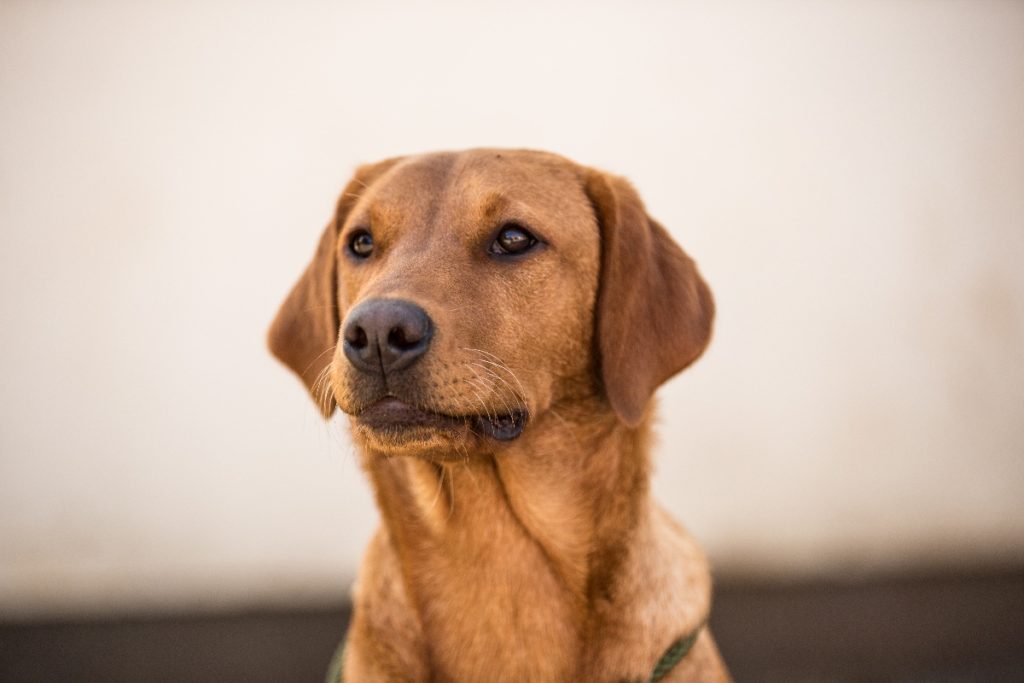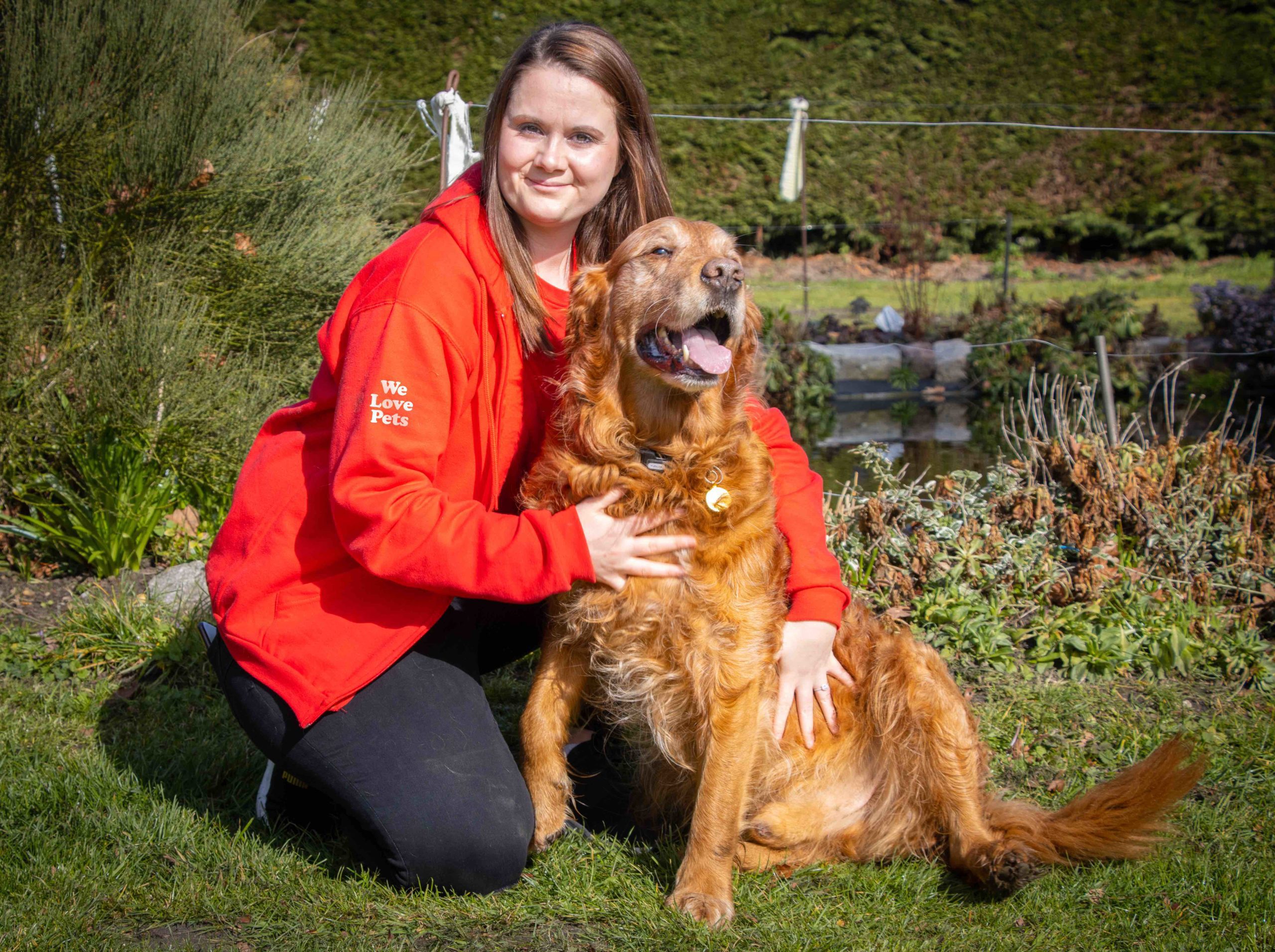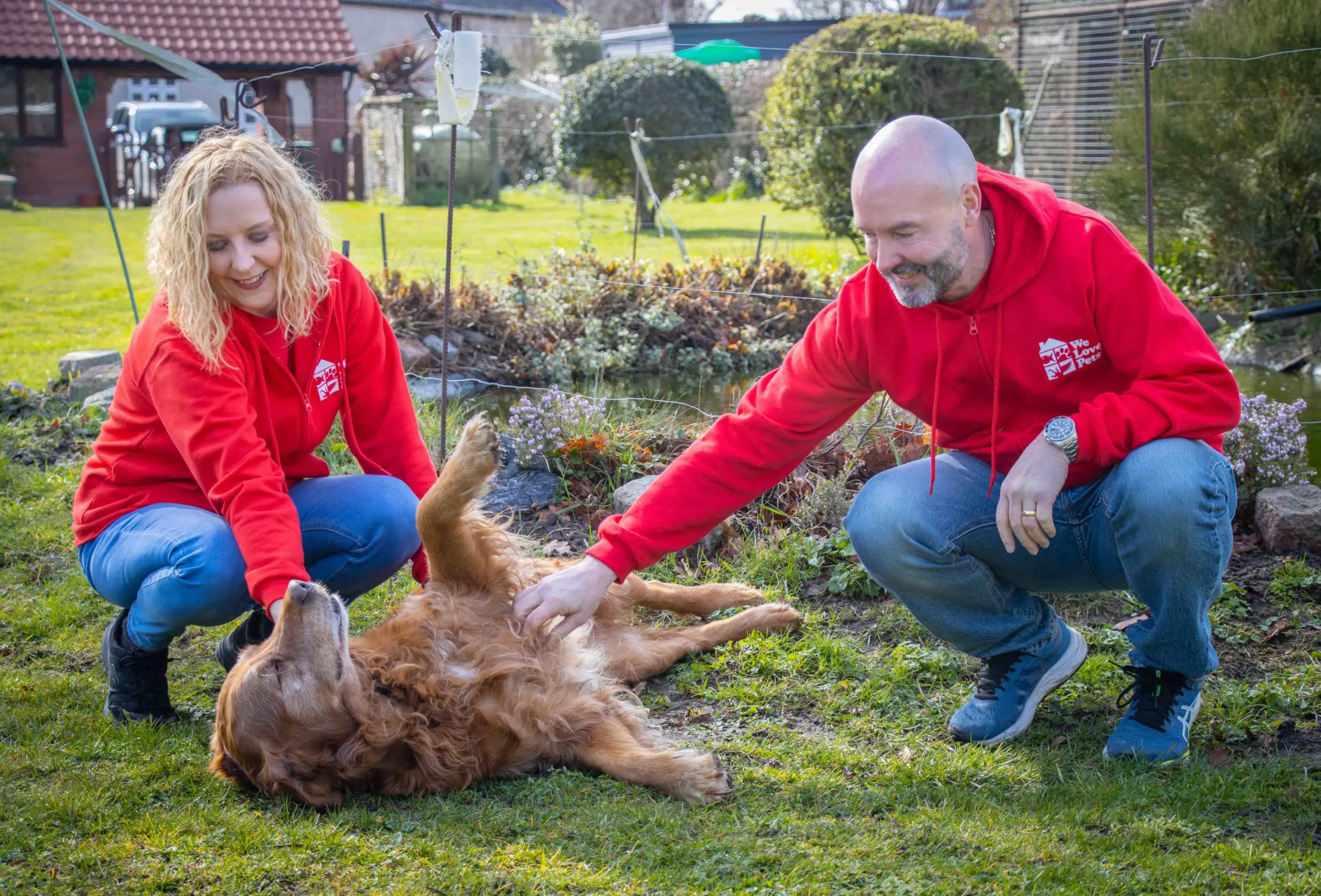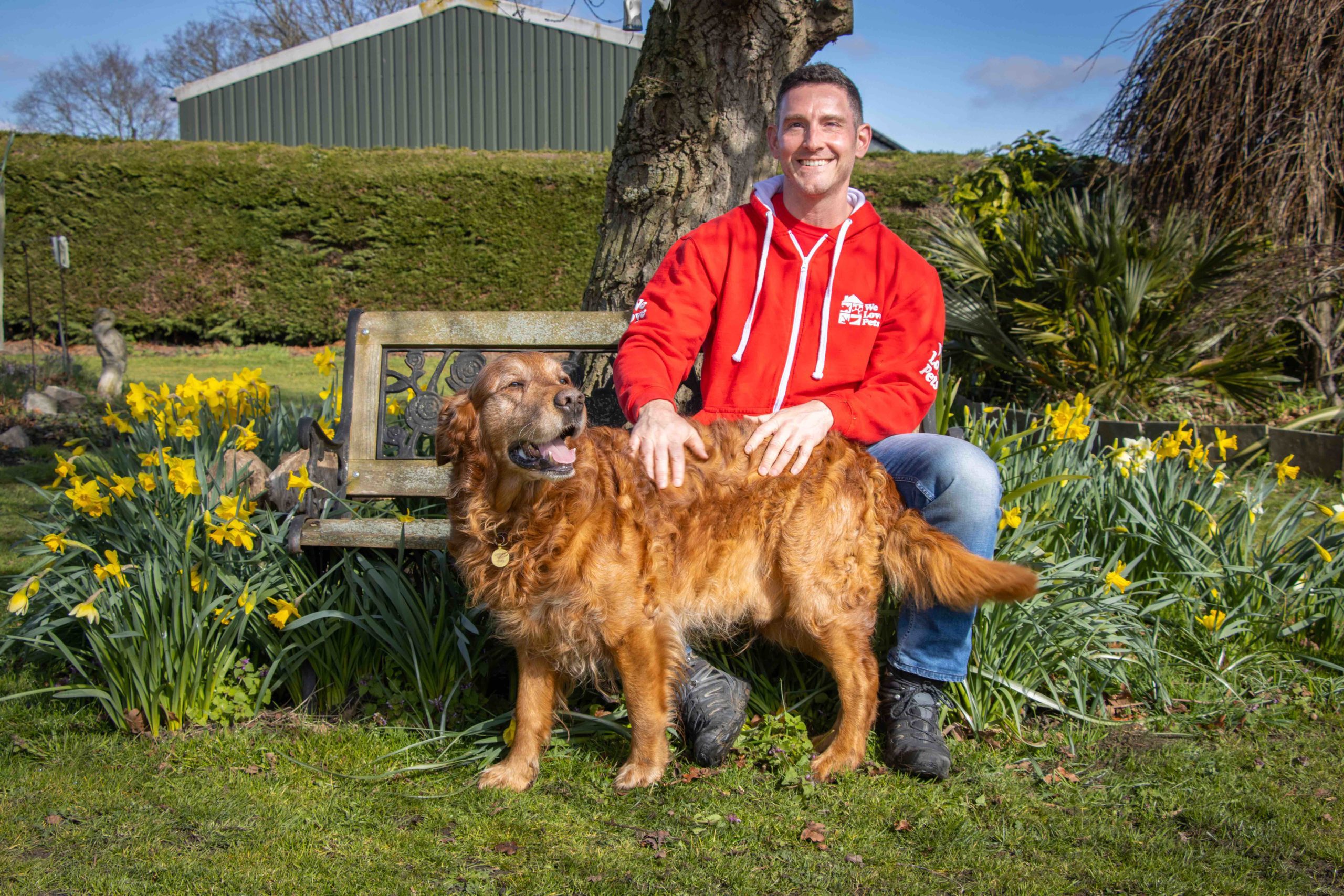You may already know that urinary incontinence is the uncontrollable ‘leaking’ of urine and dogs get it just like us humans. It’s often the same situation where the dog is unaware they are doing it as it is involuntary. They are not purposely weeing in the house so it would be unfair to become angry with them.
If your dog is urinating in undesirable places due to becoming old and senile, which may cause them to forget about their house training as a young dog, then that is a different issue and is not incontinence.
Incontinence is something that should be checked out by a vet as it is important to establish the reason behind it and for the health and well being of the dog.
Some conditions that could be responsible for incontinence in the older dog include:
- Increased thirst causing excesssive drinking (polydypsia) due to perhaps diabetes, kidney problems and cushings disease to name a few.
- Weakened bladder muscles as the dog ages.
- Weakend sphincter muscles due to ageing or obesity. Bitches in particular can suffer from weakened sphincter muscles due to low oestrogen levels as a result of neutering. However, the benefits of neutering far outway this and not all bitches suffer.
- Blockage of the urethra (tube that runs from the bladder to the urethral sphincter) by perhaps bladder stones or a tumour. The blockage may mean the bladder does not have a chance to fully empty. In this scenario, it could lead to a urinary infection. If left untreated for a prolonged amount of time the bladder may scar and is unable to stretch to hold urine so it dribbles out.
One of the first things that you might want to do is collect a fresh urine sample mid flow (I know, easier written than done) to take with you to the vet exam. The vet will then be able to do a dipstick which will highlight certain areas such as urinary ph (infection) glucose (diabetes) protein (kidney disease). If anything shows up a blood test may then be run to check kidney function or blood glucose levels. Positive results of either of these tests can then rule out incontinence being caused by loss of bladder muscle tone etc. Instead a disease process is the diagnosis. The vet may also choose to do an ultrasonic bladder scan or xray to rule out bladder stones, or a tumour, if blood results are inconclusive.
When the diagnosis is made treatment options may be antibiotics for an infection, hormone treatment if oestrogen levels are low (usually in the form of a syrup on food or a tablet given daily). If tumours or bladder stones are the cause of incontinence then surgical intervention may be needed.
It is important to keep your dog free from urine scalding on their body and make sure they are not sleeping in a continually wet bed. Due to perhaps decreased mobility, as the dog ages, it is even more crucial they are not left lying in their own urine. Regular bathing and perhaps application of vaseline around bare skin on groin and abdomen will help. Regular changing of wet bedding and using a bedding material such as Vetbed which is used in veterinary hospitals as it draws any wetness down away from the surface of the bed keeping the surface dry.
The elderly dog like an elderly person would not want to be soaked in urine and in their old age they deserve our extra time, care and love.
Sophie, Branch Owner Stroud and Tetbury




